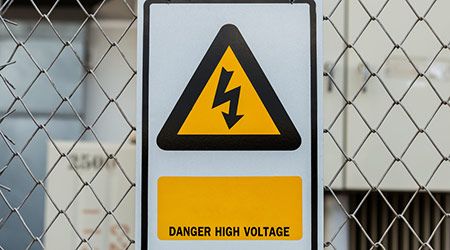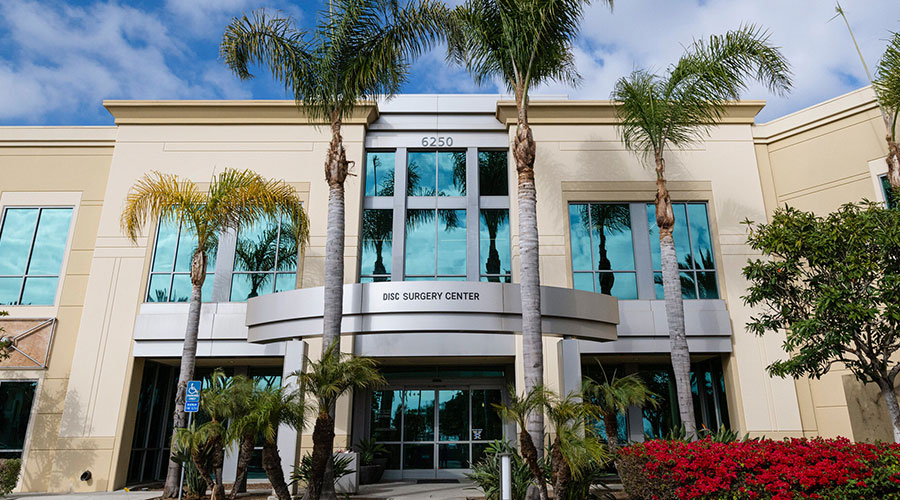Across all facilities, safety is a top priority. But healthcare facilities, in particular, have a very small room for error when it comes power equipment functionality, as a well-running facility is necessary for optimal patient care. In addition to safety risks within the facility, facility staff need to be aware of how malfunctioning equipment within a healthcare facility can affect patient safety throughout the entire building.
To mitigate safety risks, the National Fire Protection Association (NFPA) releases electrical equipment standards - that are closely observed by the Occupational Safety and Health Administration (OSHA). These standards provide detailed information around electrical safety, equipment maintenance as well as the modernization and upgrading of aging assets. With the release of the 2018 edition of the NFPA 70E Standard for Electrical Safety in the Workplace a significant exception has been included for Arc Flash Incident Energy labelling of equipment in supervised industrial installations where conditions of maintenance and engineering supervision ensure that only qualified persons monitor and service the system: the introduction of smart labels.
Bringing labeling into the digital era
Historically, electrical equipment labeling has been analog – that is, critical safety information and equipment technical specs were printed on an adhesive label and affixed directly to the equipment. The 2018 updates to NFPA 70E introduces an exception for qualified installations to this traditional standard, providing the option for a digital smart label – in the form of a barcode or QR code. These labels can link to a central database and give workers access to the same necessary hazard information, such as voltage, current and energy levels normally printed directly on the equipment, as well as other pertinent information.
The use of digital labels at qualified facilities can provide many benefits over printed labels, including:
• Access to information: Digital labels connect to central databases, which can house vast stores of information. With a digital label, workers will have at their fingertips much more information than was previously available on the small surface area of a printed label. In addition to the basics, the connected database can provide access to documents including maintenance records, instruction and operation manuals and more.
• Electronic Label Update: Once past the initial label rip and replacement process, in which old labels will be swapped for the new, it will become easier to keep digital labels up to date – data can simply be updated digitally from the central database, eliminating the need for employees to physically go out into the field to remove and replace stickers. For healthcare facilities, this can drastically cut operational costs, while also ensuring mission critical equipment is updated quickly.
With this change, electrical workers can:
• Increase safety
• Make more informed decisions based on historical data
• Save time
• Reduce costs
Challenges on the Horizon
While these new labels will improve access to information, help to reduce costs and create safer working environments, personnel should also be aware of the potential implementation and compliance challenges they may cause.
Facility management will need to ensure that use of and access to digital labeling is easy and feasible for all necessary employees. It will be necessary to mitigate any potential challenges to make the most use out of digital labels, such as:
• Use of a proper cloud solution: Implementing digital labels assumes that the business has a cloud solution that hosts the information, and requires that workers have a reliable way to access that information remotely.
• Necessary equipment: Facility managers must ensure their workers are equipped with the proper technology, like QR code or barcode readers, on their mobile devices to have complete access to label information.
• Compliance: While NFPA 70E has its own regulations around labeling, and has loosened some of its restrictions to accommodate digital applications, facility managers will need to remember they must be in compliance with additional regulations set by the National Electric Code (NEC), National Safety Council (NSC) and Underwriters Laboratories (UL). NFPA 70E provides guidelines surrounding the design and accessibility of the label, but additional codes provide guidelines on language and symbols, the physical durability of the labels as well as appropriate locations to place labels. Facility managers will want to keep in mind the additional guidelines set by OSHA for safely operating within a healthcare facility as well.
Conclusion
First and foremost, it must be noted that this exception does not exist for all facilities, it is limited particularly qualified as defined earlier. While labeling requirements are important for maintaining safety in a healthcare facility, the expanded use of labels can help to ensure proper operation, servicing and performance of the electrical distribution system. Having access to maintenance records and additional information about the equipment in the facility will help facility workers make better decisions around the equipment powering devices directly related to patient care. In addition to allowing typical hazard label information to be stored, QR codes and barcodes allow workers to have access to more information, promoting safer and smarter working practices.
Eddie Jones, PE, is an engineering manager for Schneider Electric.

 Sunflower Medical Group Facing Lawsuit Following January Data Breach
Sunflower Medical Group Facing Lawsuit Following January Data Breach Nemours Children's Health Opens New Location in Lake Nona
Nemours Children's Health Opens New Location in Lake Nona Enhancing Safety at Hennepin Healthcare with a Screening System
Enhancing Safety at Hennepin Healthcare with a Screening System Healthcare Workers Outside Butler Memorial Hospital for Increased Workplace Safety
Healthcare Workers Outside Butler Memorial Hospital for Increased Workplace Safety TriasMD Set to Open DISC Surgery Center at Carlsbad
TriasMD Set to Open DISC Surgery Center at Carlsbad